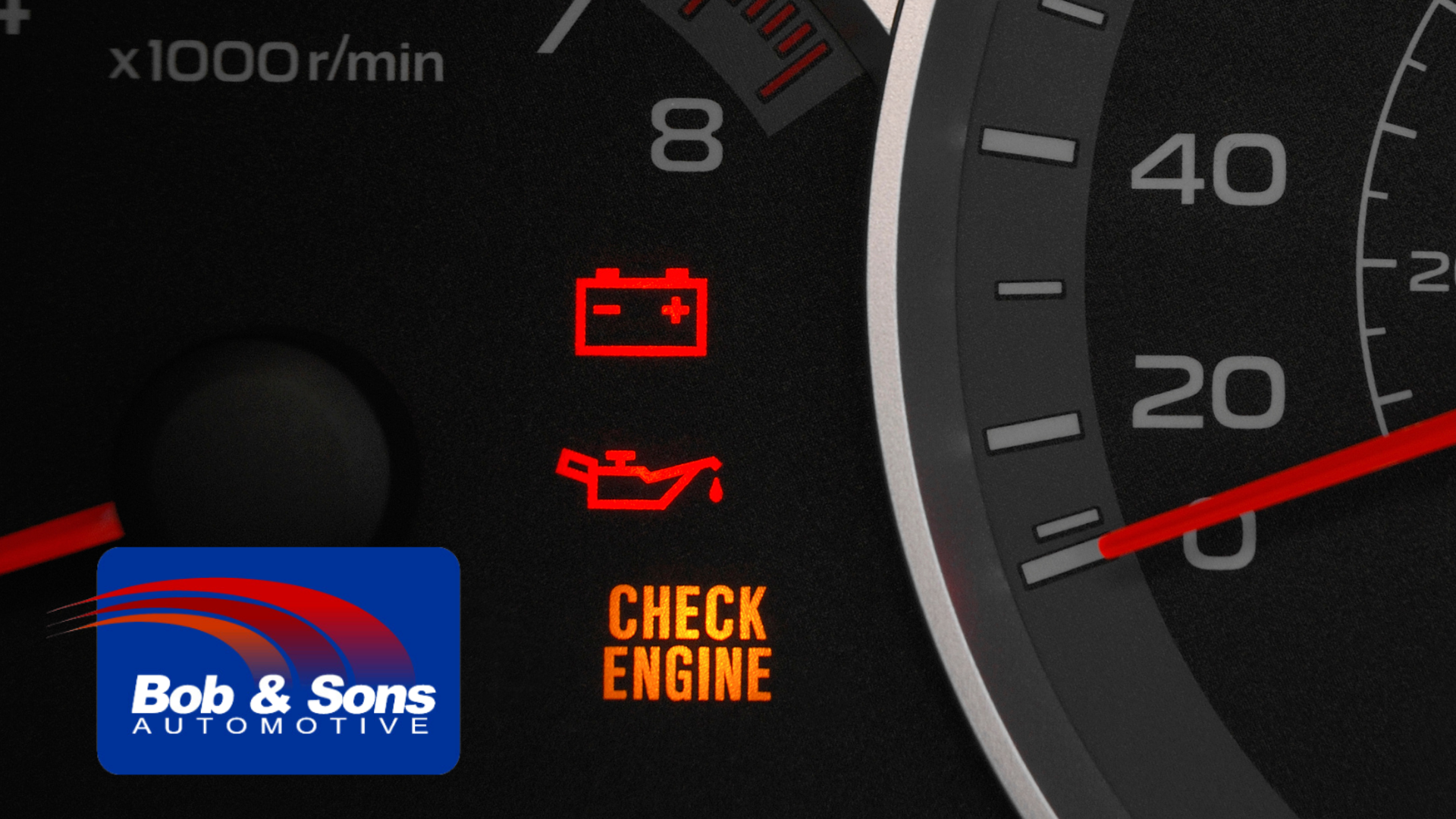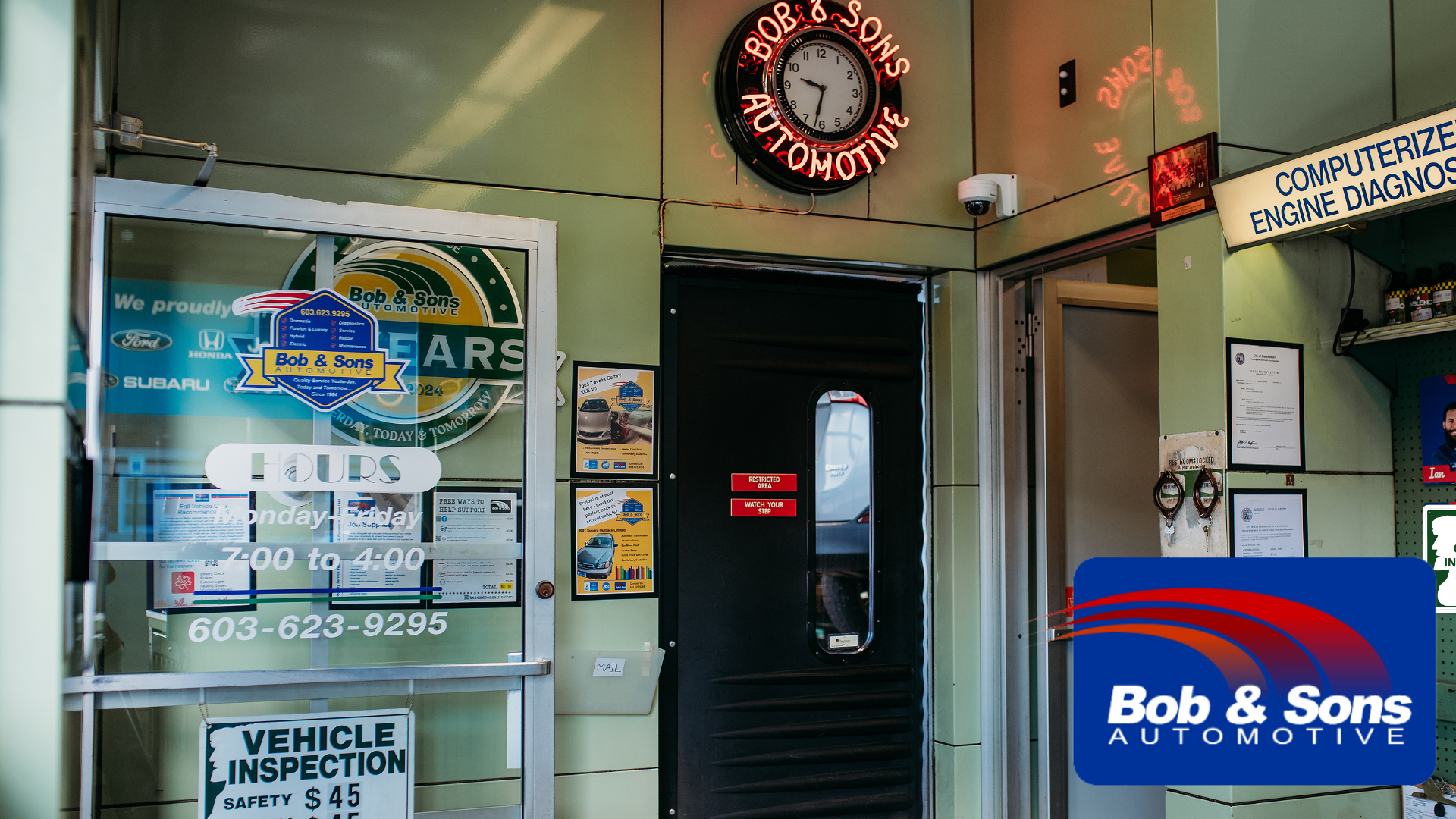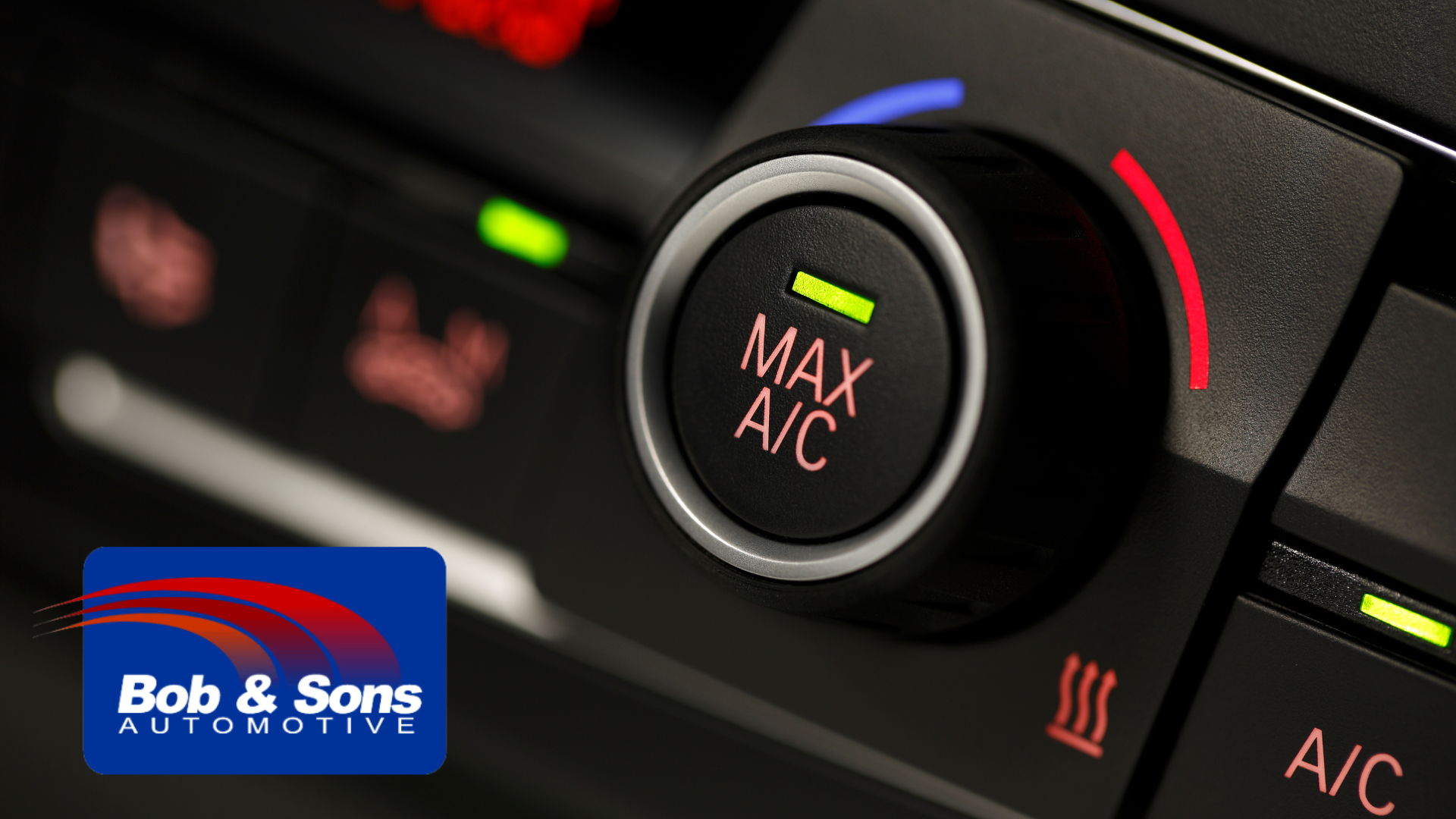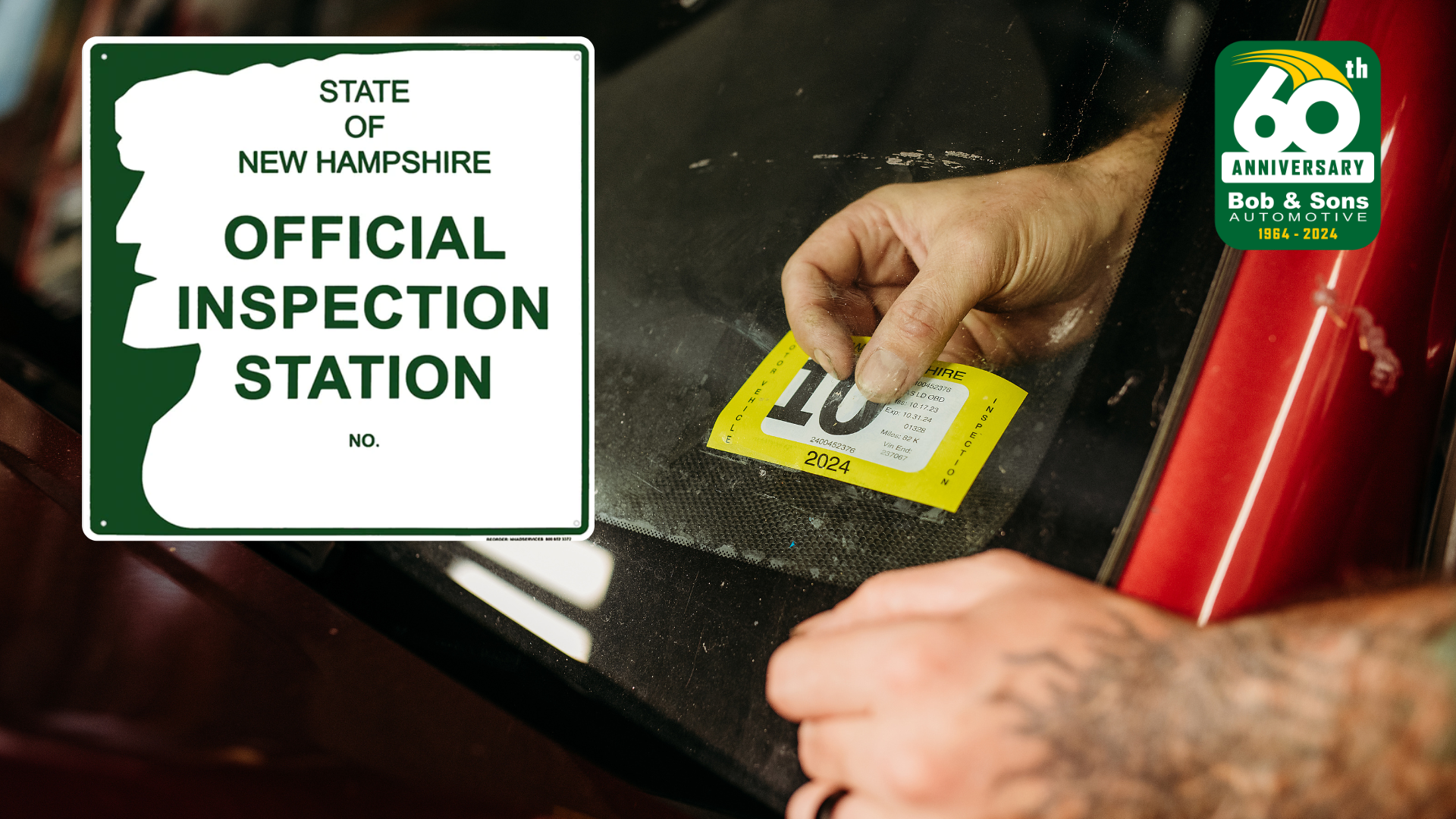5 Ways Your Vehicle May Act Funny When Cold Weather Sets In
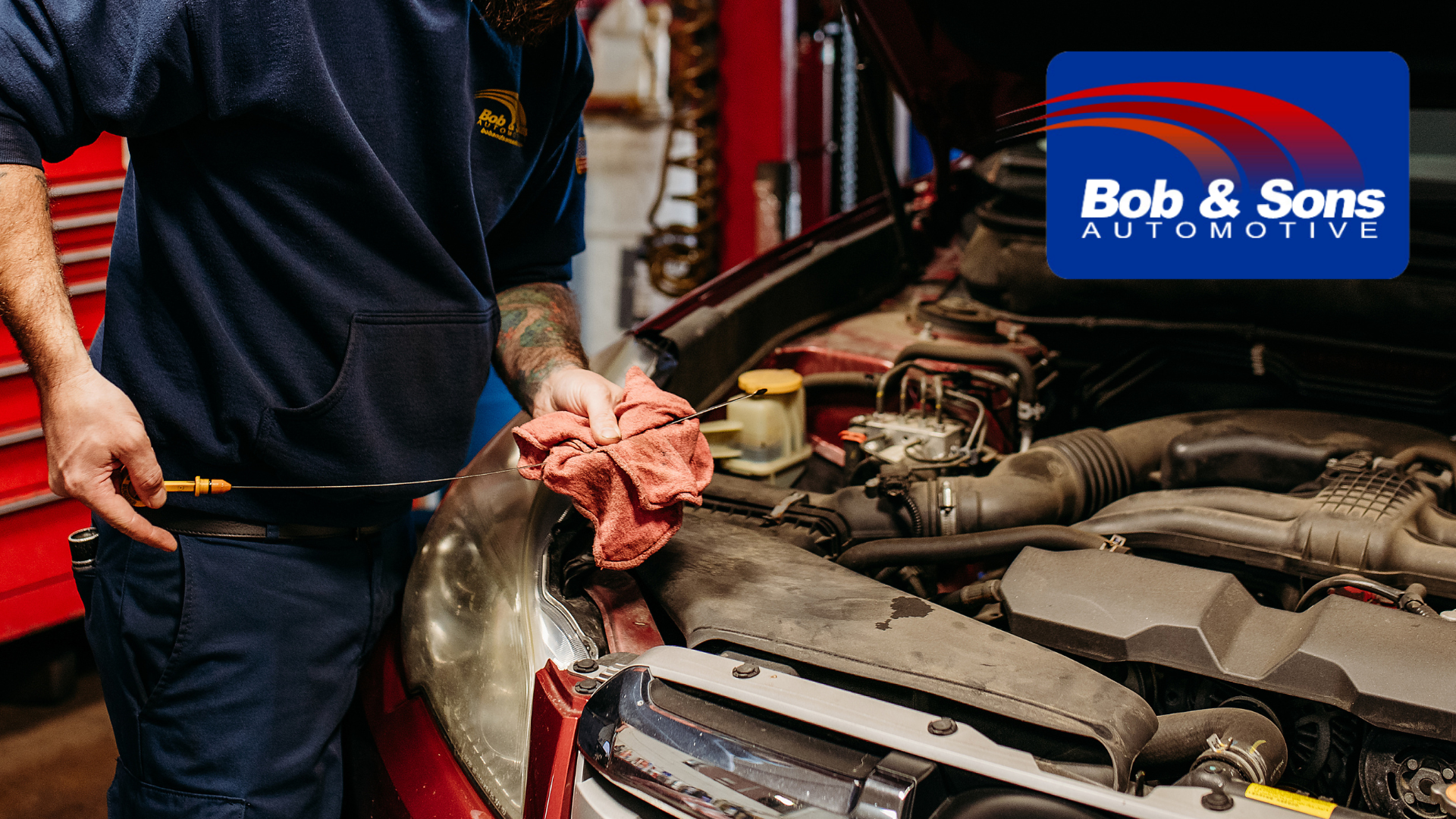
The Impact of Cold Weather on Your Vehicle's Performance
As temperatures begin to drop, you might notice your vehicle behaving differently, and not always in a good way! Cold weather can have a significant impact on various systems within your car, leading to unexpected issues. Understanding these common cold-weather problems can help you address them proactively or promptly to ensure your vehicle remains reliable throughout the winter months.
Common Cold-Weather Vehicle Issues
1. Battery Problems
Cold weather is notorious for causing battery issues. As temperatures fall, the chemical reactions within your battery slow down, reducing its ability to hold a charge. This can lead to hard starts, or in some cases, a completely dead battery.
How to Address It:
- Bob & Sons Automotive will test your vehicle’s charging system including the battery, alternator and starter.
- If your battery is more than five years old, it is time to replace it.
- Keep jumper cables in your car for emergencies.
2. Thickened Fluids
Dropping temperatures can cause your vehicle’s fluids, including oil, transmission fluid, and antifreeze, to thicken. This increases resistance, making your engine and other systems work harder to perform their functions.
How to Address It:
- Bob & Sons Automotive will ensure all fluids are topped off and in good condition.
- If a fluid change is needed as temperatures drop, Bob & Sons Automotive will flush and and fill fluids needs for optimal performance.
3. Tire Pressure Drops
Cold temperatures and weather can cause the air inside your tires to contract, leading to decreased tire pressure. This can affect your vehicle's handling, fuel efficiency, and tire wear.
How to Address It:
- Check your tire pressure regularly and inflate to the recommended level. If you’re unsure how, Bob & Sons Automotive would be happy to help you.
- Consider switching to winter tires seasonally for better traction and performance in snow and ice. Bob & Sons Automotive can install or swap your tires, or order new tires to better your vehicle’s traction.
4. Foggy or Frosty Windows
Cold weather can cause your windshield and windows to fog up, reducing visibility. Frost can also build up on the exterior, requiring extra time to clear before driving.
How to Address It:
- Use your vehicle’s defroster and heater to clear fog from the inside. Don’t wait until the frost is here to realize the heating elements in your car aren’t working!
- Keep a window scraper and de-icer spray in your car for quick frost removal.
- Regularly clean your windows to prevent film build-up that can exacerbate fogging.
5. Stiff or Noisy Belts and Hoses
Cold temperatures can cause belts and hoses to become stiff or brittle, leading to squeaking or, in worst cases, breaks, leaks and cracks.
How to Address It:
- The professional technicians at Bob & Sons Automotive will inspect belts and hoses for wear and tear.
- Our technicians will replace any components that show signs of cracking or brittleness.
Conclusion
Cold weather can present various challenges for your vehicle, but understanding these common issues and taking preventative measures can help keep your car running smoothly. Regular maintenance and a little preparation can go a long way in ensuring safe and reliable transportation throughout the winter months. Bob & Sons Automotive offers a “Check Vehicle for Winter” service which includes checking the condition and level of coolant and the condition of hoses, the radiator, cap and belts. We’ll also test the charging system including battery, alternator and starter.
If you encounter persistent problems, consider consulting with trusted professionals like those at Bob & Sons Automotive to address any winter-specific vehicle issues. Schedule your vehicle’s checkup with Bob & Sons Automotive today and experience the peace of mind that comes with expert maintenance. Your vehicle—and your wallet—will thank you for it! Call 603.623.9295 or Request an Appointment.



